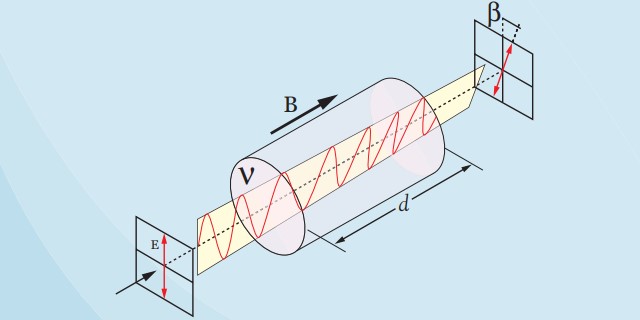Polarity switching it really makes a difference
In the beginning when I started with satellite communication I was not able to switch my polarization and I thought it wouldn’t make a great difference. Now that I use the Maspro WHS32N (Oscar Hunters) antennas that come with the option to switch RHCP and LHCP I experience the difference, and it is really a very big. When I was searching the internet I found a Youtube movie from ON4HF that shows the difference between RHCP and LHCP. He uses a pass from AO-51 to show the difference, in the movie he is switching from RHCP to LHCP and back.
Below is a summary from a great article written by SV1BSX.
Space communication has forced the use of Circular polarisation. The fundamental advantage of circular polarisation is that all reflections change the direction of polarisation, precluding the usual addition or subtraction of main and reflected signals. Therefore there is far less fading and flutter when circular polarisation is used at each end of the link.
With circular polarisation one can overcome the Faraday effect.
The Faraday effect:
The Faraday effect deals with the interaction between light and magnetic fields. It affects linear, but not circular, polarised signals, and the effects are more severe at lower frequencies, such as C-Band, and not noticeable at higher ones, such as Ku-Band. As signals pass through the atmosphere they become de-polarised, causing undesirable reception of the opposing polarity. Linear polarised feeds are aligned in such a way to compensate for the Faraday effect, usually with the help of a tracking device; corrections can be made either by rotating the feed system or using adjustable polariser’s within the feed system. This can be very time consuming because the alignment must be exact. One result of incorrect alignment is increased interference. Fortunately, this is not a concern for circular polarisation since there is no need for exact signal alignment. Ku-Band is at a high enough frequency that Faraday’s effect is not a factor.

The use of circular polarisation at one end only gives a loss of about -3dB. In order to achieve the full advantages of circular polarisation it is necessary for all stations to use it. The table below shows the relationship between Horizontal, Vertical, RHCP (Right Hand Circular Polarisation) & LHCP (Left Hand Circular Polarisation) and Loss in dB. RHCP is also known as CW (ClockWise) Polarisation and LHCP as CCW (Counter ClockWise) Polarisation.
| Horizontal | Vertical | RHCP | LHCP | |
| Horizontal | 0db | -30db | -3db | -3db |
| Vertical | -30db | 0db | -3db | -3db |
| RHCP | -3db | -3db | 0db | -30db |
| LHCP | -3db | -3db | -30db | 0db |
The following pictures shows the Vertical, Horizontal and Circular polarisation.
Vertical Polarisation:

Horizontal polarisation

RHCP polarisation

LHCP polarisation

More information can be found on the website from SV1BSX, the article he wrote is a great source of information if you want to learn more about polarisation.
